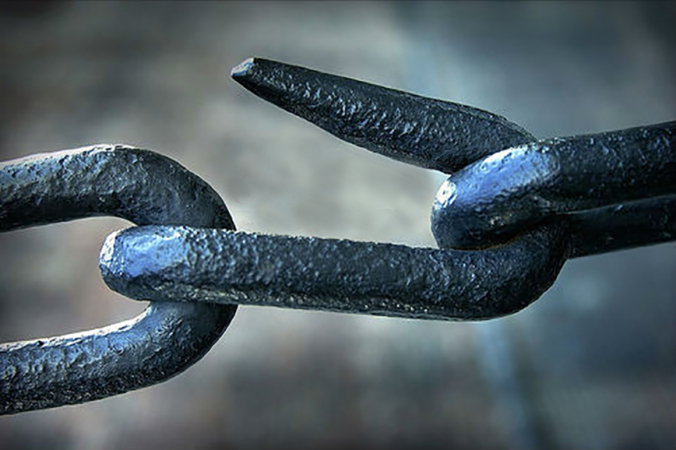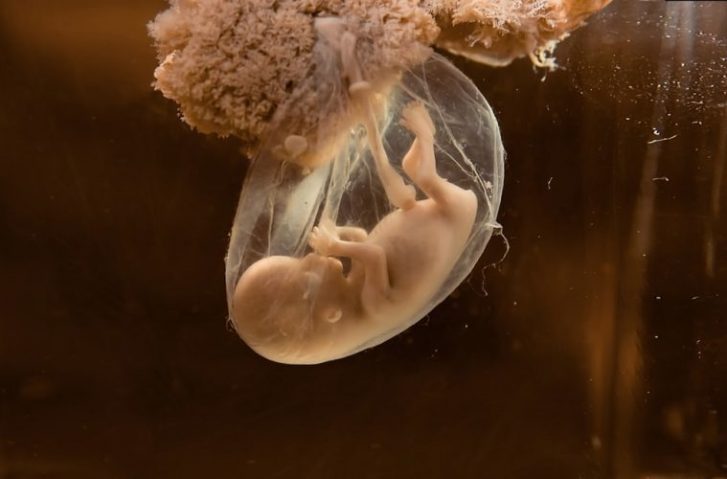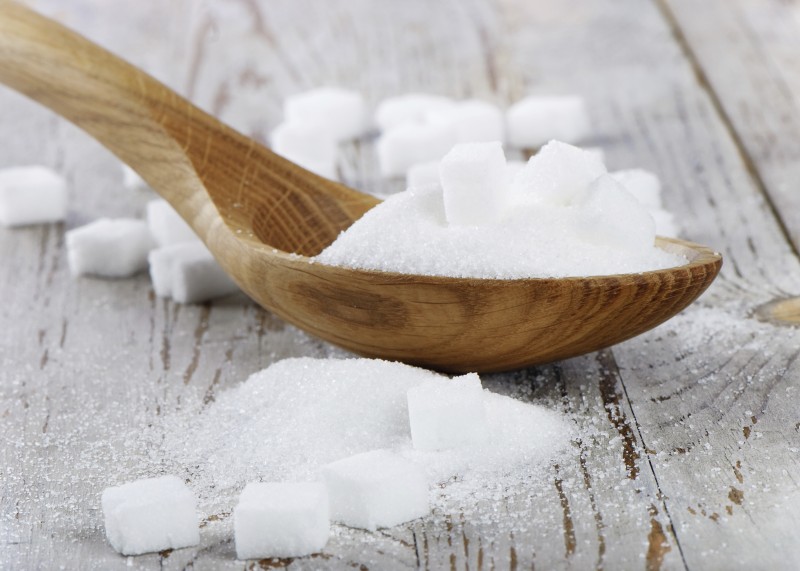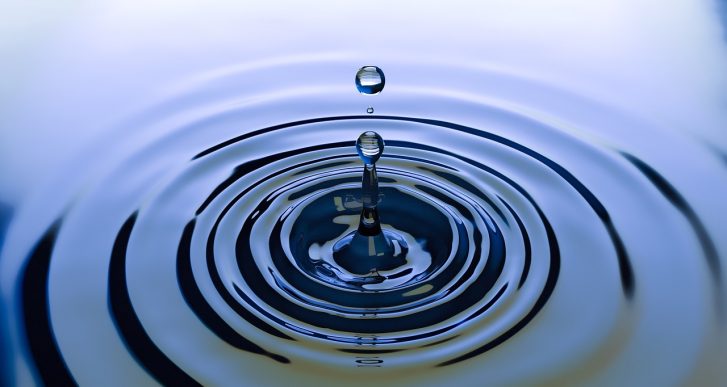Written by All Sands
The basics of soap making has remained unchanged over the centuries. The ancient Roman tradition was to take rain water, potash and animal tallow, turning it into a cleansing agent. There are many legends about how soap was discovered. Some say that after a heavy rain fall on the slopes of Mount Sapo, the water mixed with the animal fat and ashes around an important sacrificial alter. According to legend this trickled down to the banks of the Tiber River where washer women noticed that the substance made their job easier and the wash cleaner. There were also numerous plants, roots and berries used by American Indians and early settlers as natural cleansers. Soapwort, yucca, California soap root and bouncing bet all produce a soapy lather due to their saponin content.
Today homemade soaps are able to duplicate or improve on most commercial products. The use of scents, coloring agents, herbs and more are within the scope of home soap makers who are also allowed to choose exactly what will go into their product.
Many home soap makers today make their own dish liquid, laundry soaps, bath soaps, facial soap and liquid body soaps. Even though all soap is made by the chemical combination of lye, water and fat; which is called saponification, one soap will differ from the other depending on the type of fat and lye that is used and the amount.
For instance, lye made from wood ash produces a soft soap. Commercial lye produces a hard soap. Soap with coconut oil will lather well in cold water but tend to dry the skin. Soaps that contains excess amounts of unsaponified fat, which is also known as castile soap, are very gentle and make good facial or toilet soaps.
To make your own soap you will need a 2 quart jar to hold the lye solution, a 12 quart pot, a wooden spoon, a candy thermometer, rubber gloves, molds for the soap, cardboard or styrofoam to insulate the soap after it is poured into the molds and any scents, colors or items to be added to the soap.
You will also want to cover your work area including the floor with newspaper. Before beginning the soap making process prepare your lye solution. Pour 2 12 cups cold water into an enameled pot then add 13 ounces of lye slowly while you stir continuously with a wooden spoon. Remember that the action of the lye crystals and water will bring the temperature up to 200 degrees fahrenheit or over. This will need to cool, so it can be placed in a basin of water to help the cooling process.
When it has cooled, carefully pour the lye solution into a 2 quart glass jar. To prepare your animal fat place 6 pounds of beef fat in a pan on a low burner and allow to melt slowly. When all the fat is melted, remove from the burner and allow to cool. When making soap, temperature is very important to the saponifaction process. The temperature of the lye and fat must be carefully controlled in order for this process to take place.
When the lye and fat are cooled, bring the temperature of both to between 95 and 98 degrees fahrenheit by placing them in basins of hot or cold (sometimes the lye will need cooling) water. Stir the fat thoroughly and then add the lye in a steady stream while continuing to stir.
This mixture will turn opaque and a brownish color and then begin to lighten. Your soap is ready when a drop of the mixture is supported by the surface. The consistency at this time will be like the consistency of sour cream. Add scents, colors or other special ingredients to the soap now. Pour the soap into molds and place in a warm location. Cover each bar with cardboard, styrofoam or towels to insulate.
After 24 hours your soap should be ready to remove from the molds. Once the bars are removed, allow to set out uncovered in an area where there is freely circulating air for two to four weeks before storing.
Found @ Sharing Sustainable Solutions









